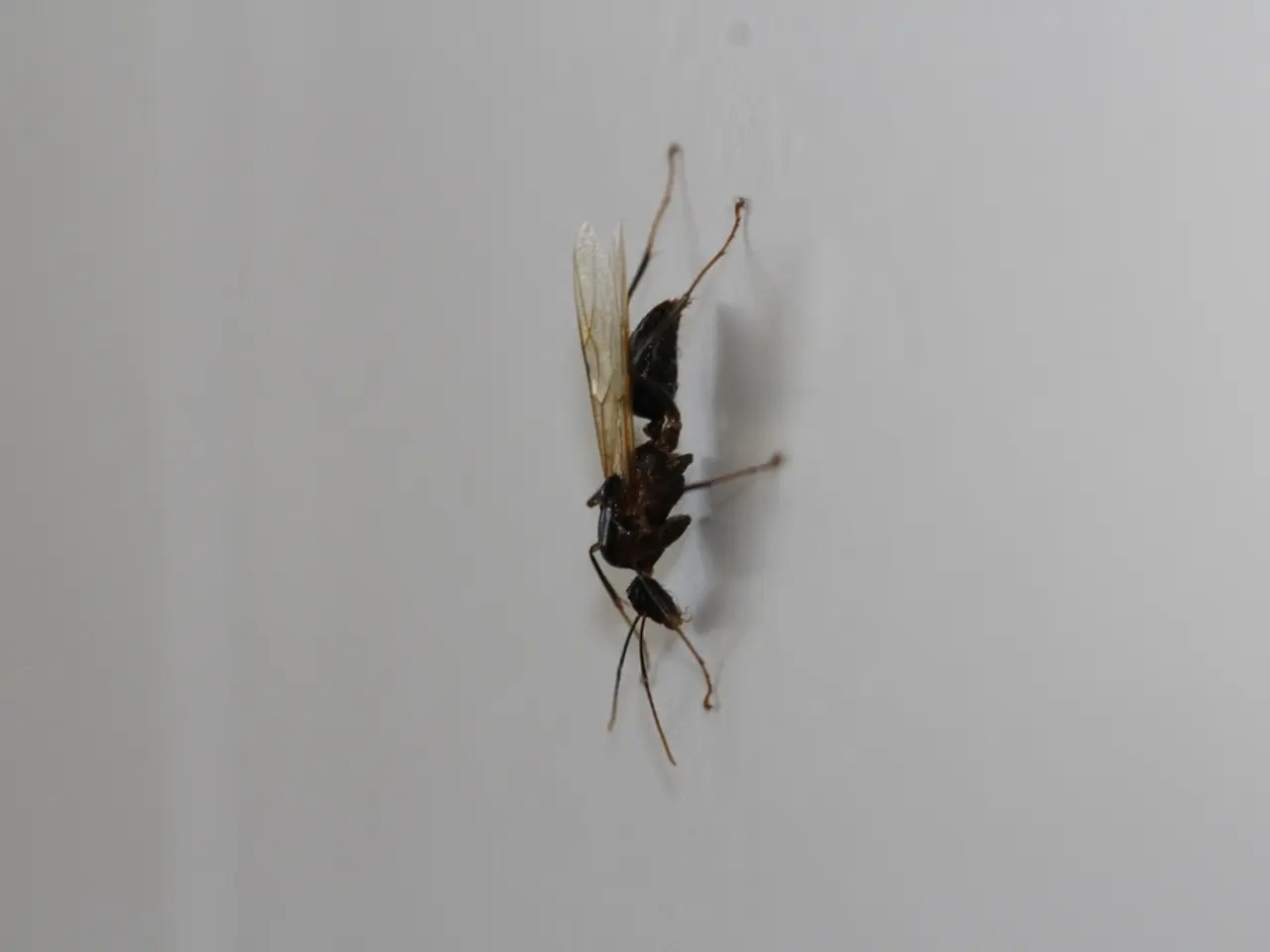Radioactive wasp nests discovered by workers at a nuclear facility in South Carolina
The Savannah River Site (SRS) in South Carolina, built in the early 1950s as part of the U.S. nuclear weapons program, has been making headlines recently due to the discovery of radioactive wasp nests.
During the Cold War, SRS operated several nuclear reactors and chemical separation plants, producing plutonium and tritium, essential materials for nuclear bombs. This activity resulted in a large volume of radioactive liquid waste, stored in underground tanks. After the Cold War, the site has focused on cleaning up this radioactive legacy, managing millions of gallons of nuclear waste left from decades of weapons production.
In July 2025, several wasp nests contaminated with radioactive material were discovered near waste tanks at SRS. The contamination in the nests was about 10 times higher than federal safety limits. Officials explained that the wasps likely became contaminated by coming in contact with legacy contamination in soil or through potential minor leaks near the tanks.
The discovery has raised concerns among watchdog groups who demand transparency about possible waste leaks. However, the Department of Energy and site management maintain that this is a legacy contamination issue, not indicative of new releases, and that the radioactive wasp nests do not present any current health risk.
The radioactive wasp nest was discovered on July 3 at the Savannah River Site near Aiken, South Carolina. The nest was found at the F-Area Tank Farm location of the Savannah River Site. The Department of Energy is yet to provide details on how the contamination occurred in the radioactive wasp nests found at the Savannah River Site.
Three more radioactive wasp nests have been discovered since the first one on July 3. Timothy Mousseau, a biologist at the University of South Carolina, believes these discoveries may indicate large areas of significant contamination that have escaped surveillance in the past.
The cleanup of the Savannah River Site is not expected to be complete until 2065. Despite this, the Trump administration plans to produce nuclear weapon cores, known as plutonium "pits," at the Savannah River Site from the 2030s.
It is important to note that wasps don't travel far from their nests, posing little risk to the general public by any wasps that may remain. Some wasps create their nests with wood they've chewed into pulp, making it possible that the wasps discovered at Savannah River Site made their nests from contaminated rotting wood.
The Department of Energy began cleaning up the site in 1996, and the cleanup efforts continue today. However, the discovery of these radioactive wasp nests highlights ongoing challenges in monitoring and managing radioactive contamination at former nuclear weapons sites.
References:
- Savannah River Site
- Radioactive wasp nests found at Savannah River Site
- More radioactive wasp nests discovered at Savannah River Site
- Savannah River Site: Radioactive wasps pose no threat
- The Savannah River Site: A Cold War relic with a nuclear future
- The discovery of radioactive wasp nests at the Savannah River Site in South Carolina is a reminder of the challenges in managing environmental-science issues related to climate-change and health-and-wellness, as this former nuclear weapons site continues to produce nuclear material, such as plutonium "pits", contributing to medical-conditions discussions.
- As the cleanup of the Savannah River Site, which operated several nuclear reactors and chemical separation plants during the Cold War, is expected to last until 2065, the travel of scientists and researchers to the site for health-and-wellness and environmental-science studies is crucial in understanding and addressing potential threats like radioactive wasp nests, which can indicate large areas of significant contamination.
- The ongoing issue of radioactive wasp nests at the Savannah River Site underscores the need to diversify the site's focus beyond nuclear weapons production, addressing issues such as science, travel, and the environment, to promote a comprehensive understanding of the impacts of climate-change on health-and-wellness and the environment.







